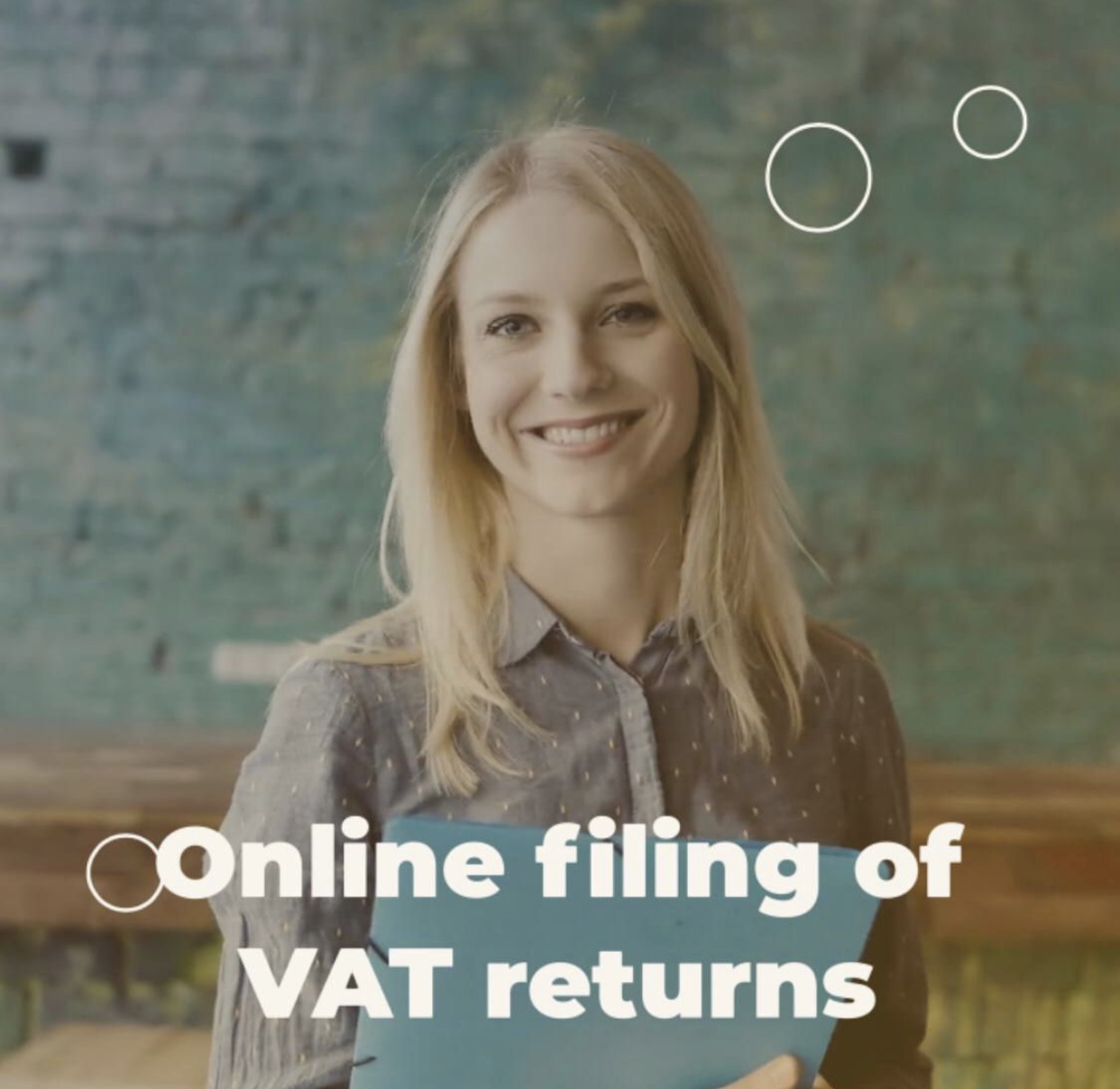Since April 1, 2019, the rules for keeping VAT records and submitting VAT returns have changed.
It's all about making tax digital - a government plan to transform the way taxpayers interact with HMRC.
Make sure you know the following information to be compliant.
What makes tax digital?
With Making Tax Digital, the government's long-term goal is for all taxpayers, including corporations, sole traders and owners, to submit their tax information digitally every quarter.
It's a big change. But Making Tax Digital is introduced gradually - and it started with VAT returns in April 2019.
What is making tax digital for VAT?
As of April 1, 2019, all VAT registered businesses with taxable turnover above the VAT registration threshold (currently £85,000) had to submit their VAT returns with an approved application. This system is called Making Tax Digital for VAT.
MTD for VAT has reached more than a million companies in the UK. Many of these companies have had to change their VAT accounting and declaration procedures.
If your company is required to register for VAT, you must digitally manage VAT data and submit reports using MTD compliant software. This software is most likely a cloud-based app that you can use from your smartphone.
This means that you have to enter all your information in the app and you can interact with HMRC with one click.
Companies registered as VAT payers had to report VAT on a quarterly basis prior to the introduction of Make Tax Digital, so the reporting frequency did not change. There is also no new or additional information to enter. The big change is that it has become mandatory (with a few exceptions) to use approved software.
Even if your taxable turnover falls below the VAT registration threshold, you still need to keep digital records and file VAT returns with MTD-compliant software. However, this does not apply if you deregister the VAT or if you are exempt from MTD for VAT.
HMRC has published a VAT Notice (VAT Notice 700/22) which explains the rules of MTD for VAT.
When did the new HMRC VAT rules come into effect?
Companies registered as VAT payers were required to use HMRC-approved software for VAT accounting and submitting VAT returns since April 1, 2019.
Does MTD for VAT apply to me?
Make Tax Digital for VAT applies to all VAT registered businesses with taxable turnover above the VAT threshold (currently £ 85,000).
If this is you, you must use an approved app to digitally record the VAT and submit VAT returns.
A small number of companies with "complex requirements" that were registered as VAT taxable persons were valid until October 1, 2019. But now all VAT-registered companies are covered.
How To Choose The Right Accounting Software To Generate Digital Tax Information?
There are a wide variety of accounting software solutions that are compatible with Making Tax Digital. These are all commercial products; most are based on a subscription.
The first step is to make sure you prefer what HMRC calls "functional compatible software". In other words, can it connect to HMRC through the Application Programming Interface (API)?
If you are already using software for your business records, check with the software vendor to see if it is MTD compliant.
Can an accountant do this work for me?
If your accountant files your VAT return regularly, then accountant is an "agent" acting on your behalf. Accountants can continue to apply for VAT on behalf of their clients. You just need to give them access to apply on your behalf.
Alternatively, you can manually enter all of your VAT information into the approved application and then have it verified by your accountant before submitting it to HMRC.
If, like many small businesses, you file your own VAT return, an accountant can help you choose the right software.



